![]() 7 Dec 2023
7 Dec 2023
Agriculture is an age-old economic activity in our country. Over these years, cultivation methods have changed significantly depending upon the characteristics of the physical environment, technological know-how and socio-cultural practices. Farming varies from subsistence to commercial type.
Farming in India can be mainly classified based on the main source of moisture for crops as irrigated and rainfed (barani).
Subsistence Agriculture
This type of Agriculture is practiced to meet the needs of the farmer’s family. Traditionally, low levels of technology and household labor are used to produce small output. In this, farming areas consume most or all of the locally grown products.
It is grouped in two categories – Primitive Subsistence Agriculture and Intensive Subsistence Agriculture.
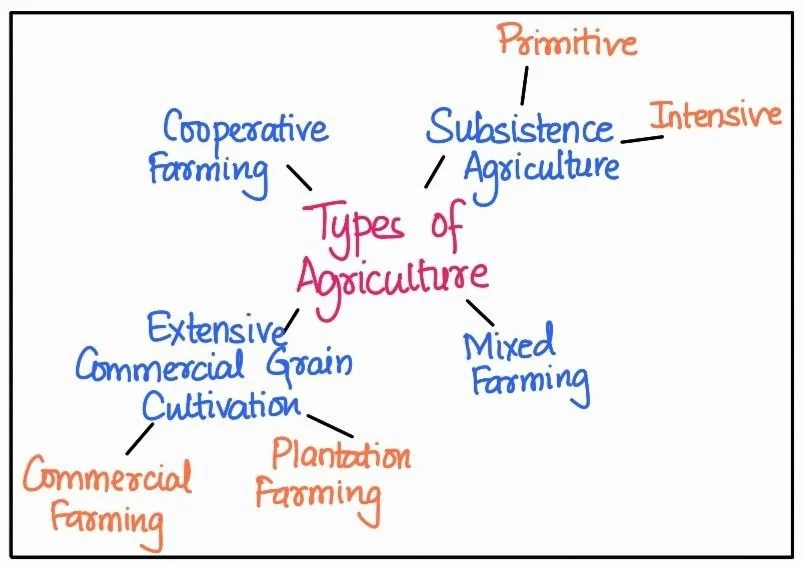
These types of agriculture are common among tribes in the tropics (Africa, South/Central America, Southeast Asia).
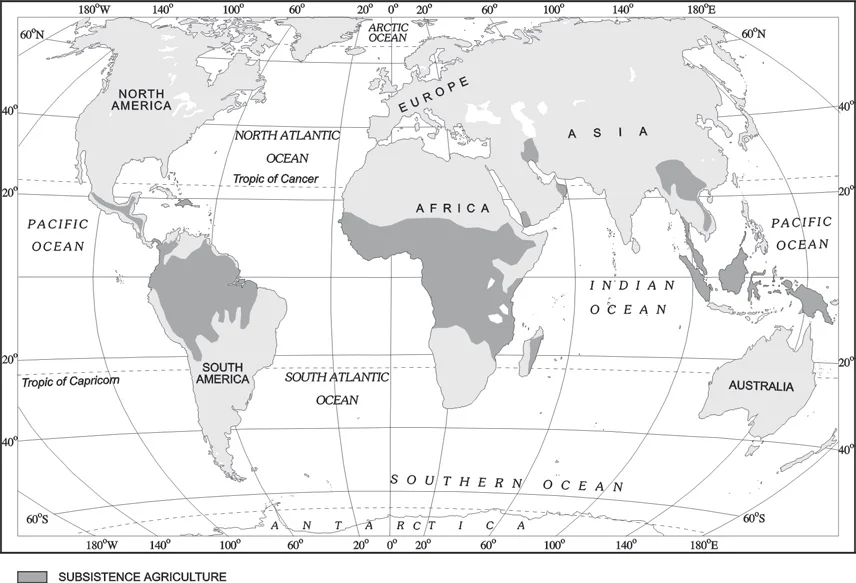
Areas of Primitive Subsistence Agriculture
| Name | State/Region |
|
|
|
|
|
|
|
|
|
|
|
|
|
|
|
|

Shifting Agriculture
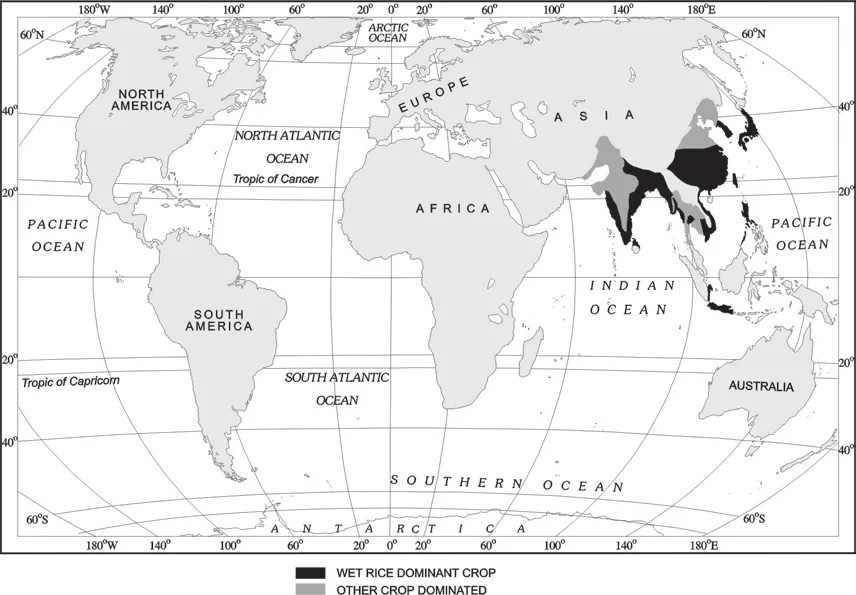
Areas of Intensive Subsistence Farming
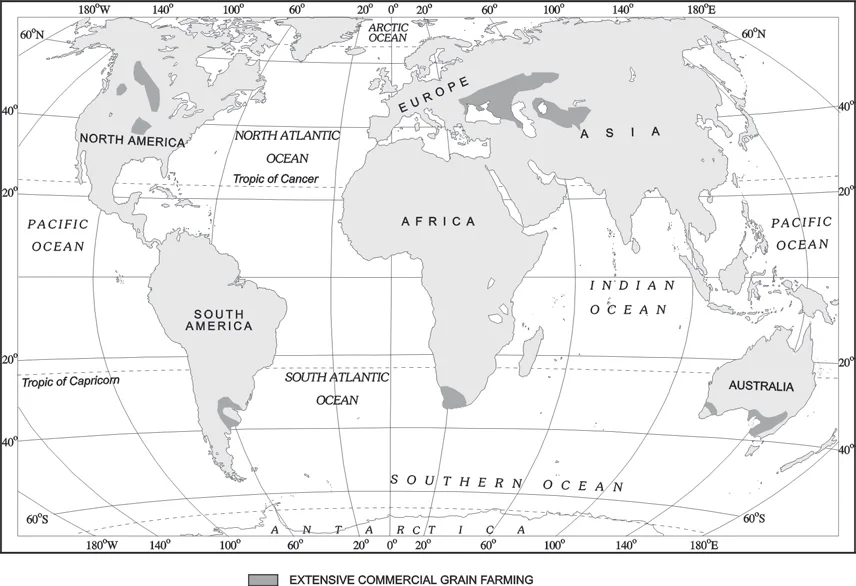
Areas of Extensive Commercial Grain Farming
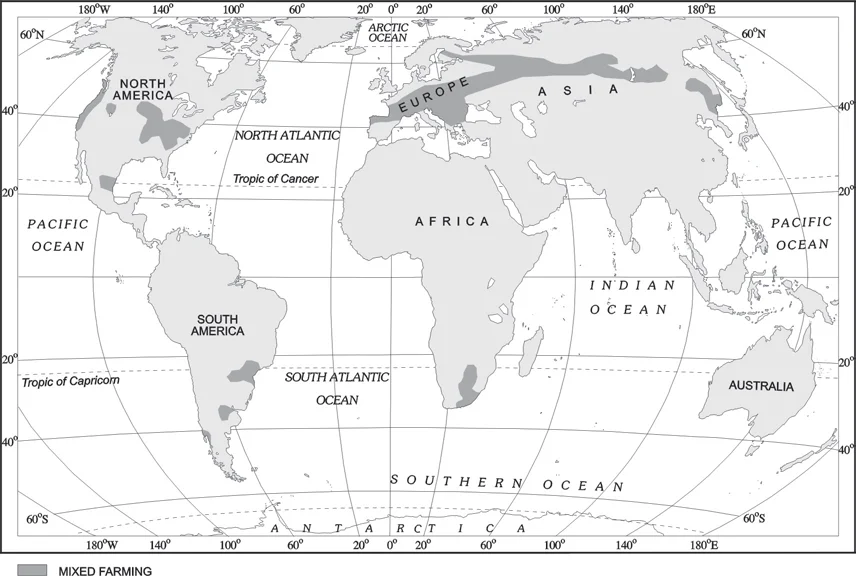
Areas of Mixed Farming
Also Read: Land Resources and Agriculture in India: Dynamic, changes and Relationships
<div class="new-fform">
</div>
